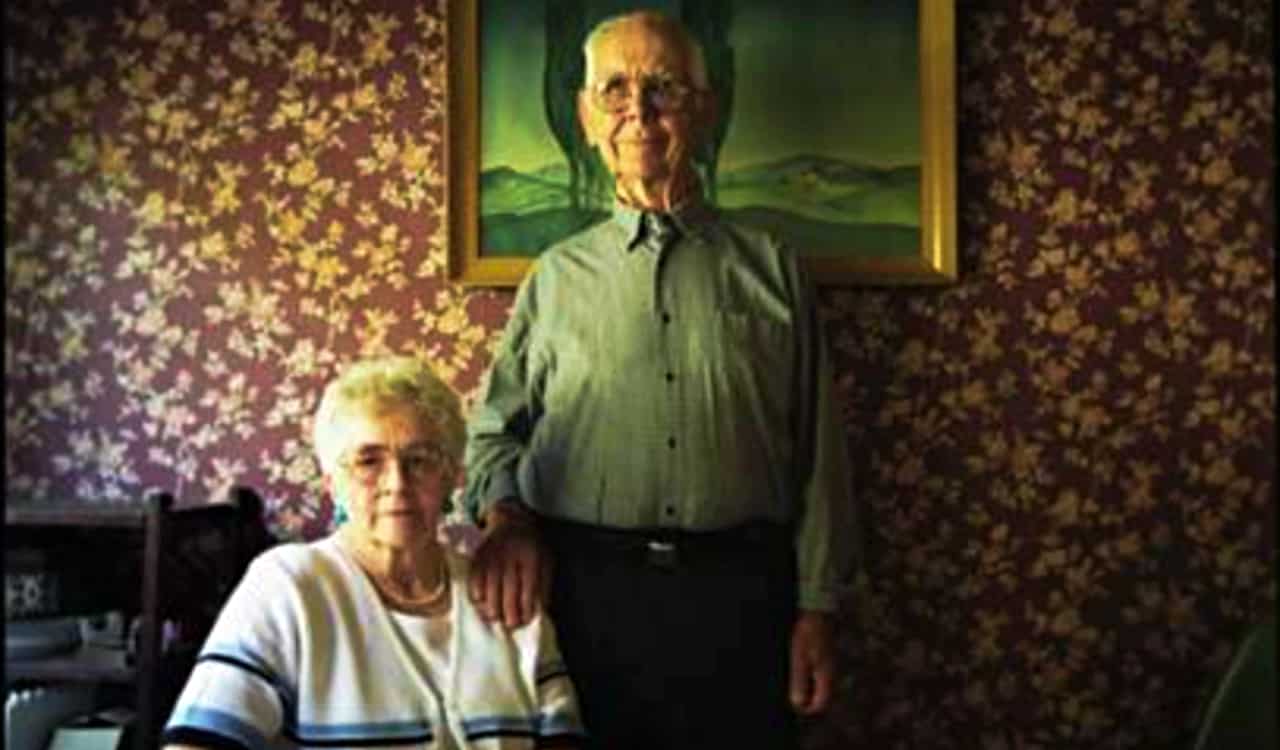The human brain can be a tricky thing to understand. People did not even believe the brain was the center of thought at first, in fact, people like Aristotle believed that occurred in the heart. This could be why some early head/brain surgeries were so horrific. Yet we eventually knew the importance of the brain, but doctors still did not understand the brain as much as they do today. This led to several lobotomies taking place. These lobotomy victims would never be the same again. Portuguese neurologist António Egas Moniz was the first to do the surgical procedure.
He would go on to share the Nobel Prize for Physiology or Medicine in 1949 for the procedure as well. It involves severing connections in the prefrontal cortex of the brain. This includes the anterior part of the frontal lobes. The idea is that it could be used to treat several mental disorders, but the side effects are drastic. It literally changes a person completely, sometimes not even fixing the original problem. This controversial procedure took place all over the world for decades until it was eventually stopped. The stories of the victims of the procedure are often overlooked, so we’re going to discuss them. Let’s get started!
Patricia Moen: The Woman Who Just Wanted To Start Living Again

When She Was Lobotomized: 1962
Age: 36
Likely Mental Disorder: Bipolar Disorder/Depression
A name you’ll likely see a lot on this list is Dr. Walter Freeman, who did more lobotomies than anyone it seems. One of his biggest success stories is likely Patricia Moen. She had been married to her husband for 13 years when all of a sudden she began crying constantly. She had no explanation as to why. Doctors in the 1960s were just then starting to uncover mental disorders and how they operated. We would not see a revolution in this field until the 1980s and 1990s.
At one point, Patricia’s despair had gotten to her so much that she tried to commit suicide by downing an entire bottle of pills. She survived thankfully, but Dr. Freeman suggested she get a lobotomy. He did warn her that she might end up catatonic from the procedure, still not very safe at the time. Patricia did it anyway and did feel different after Dr. Freeman worked on her brain. She claims she went home and “just started living again.” It’s sad to think that her disorder never needed such an operation.
